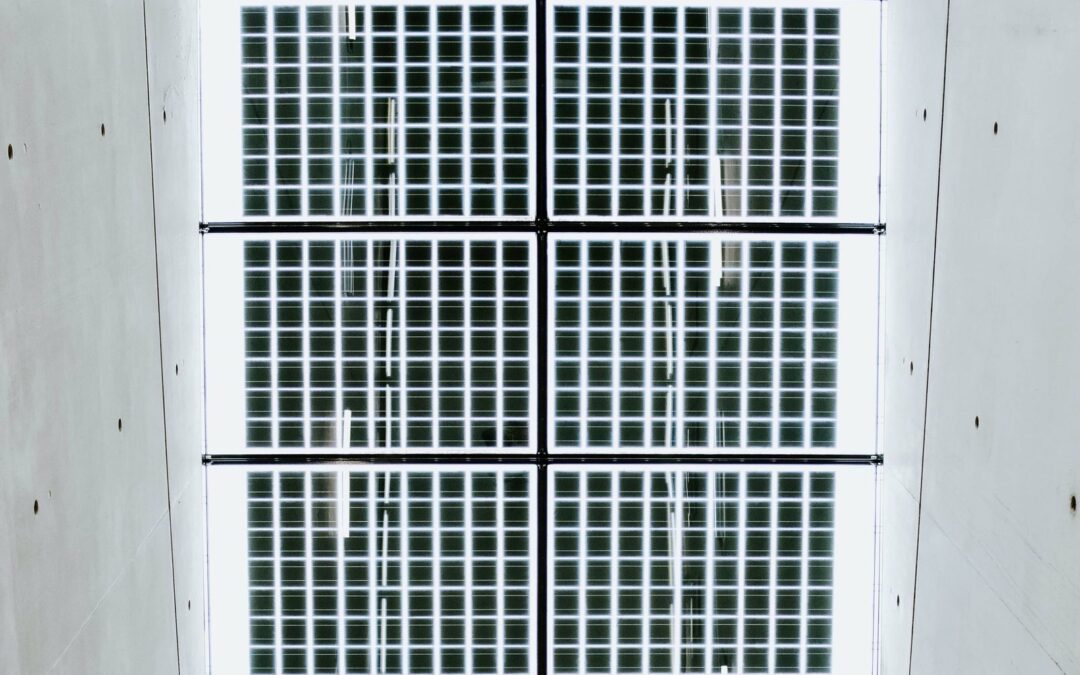Please click here to read Part 2: https://www.allianceengineering.ca/industry/hvac-systems-and-covid-19-top-3-improvement-strategies/
So far in our HVAC and Systems and COVID-19 series, we’ve established the need for HVAC system changes and different strategies that can be taken. Now, we’d like to do a deep-dive on airflow to better understand how we can protect individuals through in-room and inter-room airflow management. Since particles in the air naturally flow from areas of higher pressure to those of lower pressure, some rudimentary comprehension on airflow in rooms and buildings with respect to COVID-19 just makes sense!
When discussing airflow management in buildings to avoid viral transmission, we’re primarily talking a three-pronged approach:
- Creating vertical laminar airflow (as opposed to turbulent flow)
- Maintaining a steady airspeed to reduce turbulence
- Targeting air away from people and out of rooms
In terms of a room’s airflow, the WHO has acknowledged evidence about in-room COVID-19 transmission where infected droplets were spread by air conditioners. Changing airflow patterns in rooms to create a laminar vertical flow where air moves in the same direction and at a similar speed, unencumbered by furniture and other people, is likely an effective step towards protection. Creating these airflows will take more than simple HVAC setting changes and will require strategic air outlet placement based on room dimensions, occupancy, furniture, etc. These upgrades will have to be made in existing buildings and should be focal points of HVAC design elements in newer buildings as well.
Once in-room airflow in under control, inter-room airflow (i.e. between rooms) is the next step. Building managers will seek to minimize airborne contamination between rooms which means identifying how air moves between rooms before making changes or upgrades. Some non-HVAC solutions in this regard would be installing doors or curtains in archways and openings as well as creating overpressure in the plenum space of dropped ceilings.

Although we’ve been in solution mode throughout this series, we must also acknowledge that social distancing cannot be done in some workplaces due to the nature of the work. Since this reality increases the chances of transmission in these scenarios, safety spearheading will have to involve individual-level air-control mechanisms (e.g. ventilation hoods). In the coming times, building owners, operators, engineers, HVAC industry leaders and organizations, and governments will have to work alongside each other to create standards and regulations that enhance airflow and improve air quality going forward.
Please contact Alliance Engineering for more information on airflow and HVAC systems, as well as building optimization solutions based on sustainability programs like LEED® and BOMA BEST®. We also recommend that you download ASHRAE’s 2020 Managing Your HVAC Systems to Help Mitigate the Spread of SARS-CoV-2 in Buildings PDF which provides extensive guidance on Building Readiness.

